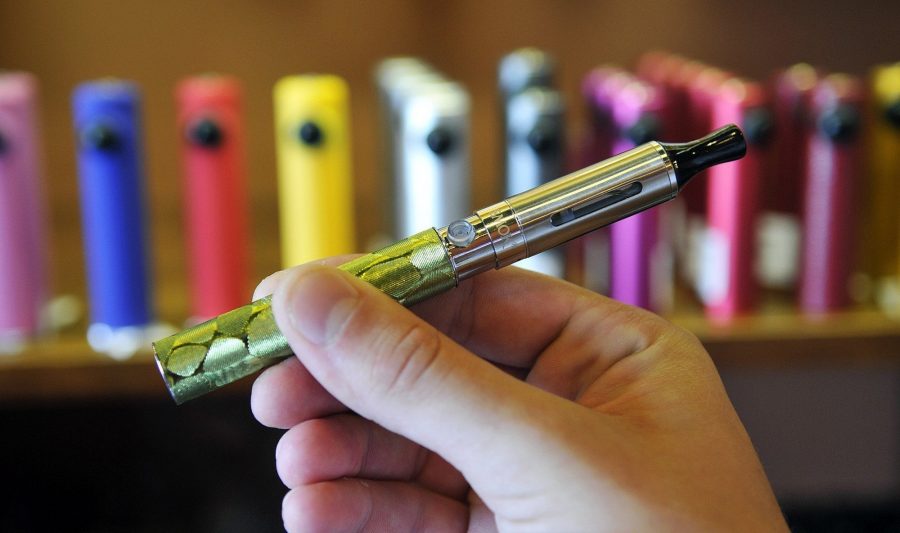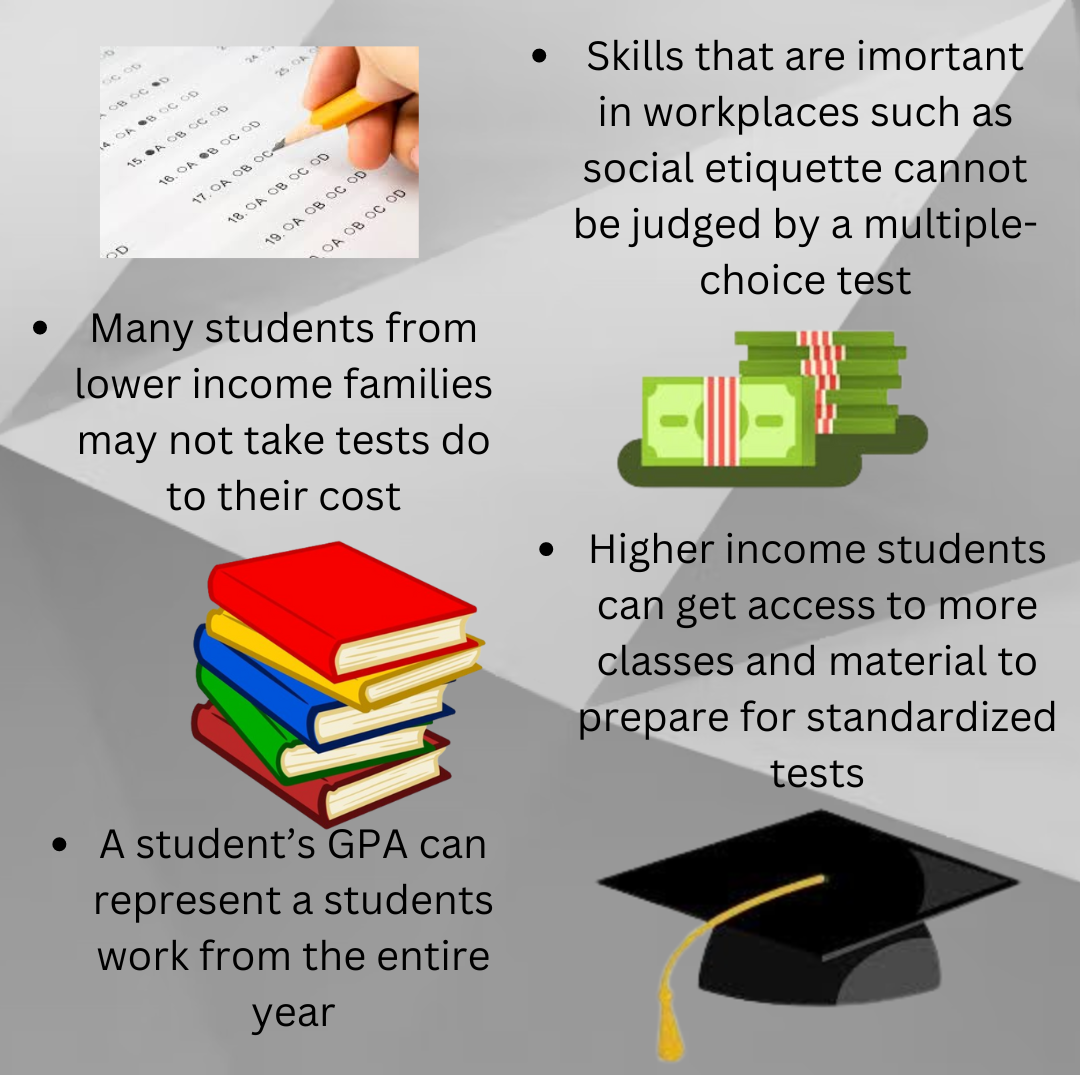
Fifty years ago, Americans received a wake-up call when the Surgeon General’s report on smoking and health announced the dangers of smoking cigarettes (USA TODAY). The 1964 report and subsequent reports linked smoking with lung cancer and led to a storm of landmark legislation that initiated regulations on tobacco (Centers for Disease Control and Prevention). Over the next five years, Congress passed laws requiring health warnings on cigarette packages and banning cigarette advertising in broadcasting media.
Since the first report, health organizations have successfully been educating people to reduce or quit tobacco use. Smoking rates have since dropped by 59%, and anti-tobacco efforts have saved an estimated 8 million lives (USA TODAY). Progress in anti-smoking intervention, however, may be hindered by the rise of a new villain: the electronic cigarette, or e-cigarette.
According to the Los Angeles Times, e-cigarettes, which look like tobacco cigarettes, are battery-operated devices that emit nicotine vapor instead of smoke. Sales of e-cigarettes are expected to hit almost $2 billion this year, and vaping (using an e-cigarette) is rapidly increasing among young people because e-cigarettes are more accessible and supposedly healthier than tobacco cigarettes (LA Times).
Unlike tobacco, e-cigarettes do not generate smoke, so chemical emissions are lower in e-cigarettes than in tobacco cigarettes (WebMD). Although more studies need to be conducted, the amount of secondhand smoking exposure seems to be less in e-smoking than in tobacco cigarettes. Also, e-cigarettes may be more appealing than tobacco because consumers of e-cigarettes only need to buy one vaporizer and can try different flavors. The Consumer Advocates for Smoke-free Alternatives Association has even claimed that e-smoking is a therapeutic treatment to help smokers quit tobacco (Daily Record).
Don’t be fooled, however, by the supposed advantages of e-cigarettes over tobacco: e-cigarettes are still detrimental to health. After all, the vapor released from e-cigarettes has the same nicotine, metals and other carcinogenic chemicals that are found in tobacco (LA Times). People have reported sickness because of the toxic secondhand vapor. In fact, e-cigarettes may be more harmful than tobacco because tobacco is strictly regulated by the Food and Drug Administration (FDA), while e-cigarettes are not (WebMD).
By far the most concerning aspect of e-cigarettes is that they are attractive to minors and young adults. A study from the CDC found that the rate of e-cigarette use in 2012 is almost double of that in 2011 (LA Times). One out of ten high school students in the United States have used e-cigarettes, and 7% of high school e-cigarette smokers have not tried tobacco yet (LA Times). Because they can introduce minors to tobacco and other substances, e-cigarettes can be considered gateway drugs.
Sadly, e-cigarette regulations are currently not strong enough. Although the FDA is trying to add more regulations, most e-cigarettes are not subject to laws for tobacco products because e-cigarettes do not contain tobacco (FDA). Therefore, minors can legally buy e-cigarettes online as if they were books or video games. The lack of national and state regulation of e-cigarettes, particularly for minors, allows susceptible minors to try nicotine in e-cigarettes before moving on to tobacco later. Cigarette corporations only worsen the problem by promoting e-cigarettes as harmless products that can be used anywhere.
In response to the surge of e-cigarettes, some local and state governments have begun to enact protecting measures against e-cigarettes. Chicago recently banned e-cigarettes in indoor public places (Chicago Tribune), while New York City banned e-cigarettes in public areas last month (USA Today). California and other states banned sales of e-cigarettes to minors, and Los Angeles now classifies electronic smoking devices to be as harmful as tobacco products (LA Times).
Despite local and state efforts, the war for e-cigarette regulation cannot be won without support from the federal government. The federal government needs to follow suit and send the right message to its citizens by banning sales of e-cigarettes to minors and increasing funds for anti-smoking programs.
Written by ANDREW HONG
Staff Writer
Fuel for e-cigarette regulations
January 21, 2014
Story continues below advertisement
Donate to Sword & Shield
$180
$1000
Contributed
Our Goal
Your donation will support the student journalists of University High School. Your contribution will allow us to purchase equipment and cover our annual website hosting costs.










Pilar • Sep 8, 2014 at 9:59 am
Hey there woud youu miind sharing which blog platform you’re
workking with? I’m going too start mmy ownn bog iin the near future buut I’m having a toug time chopsing beyween BlogEngine/Wordpress/B2evolution and Drupal.
The reaso I ask iis because your lzyout seems different then mos blogs and I’m looking for something
completey unique. P.S Sorrry foor being off-topic but I hadd
tto ask!
uhsswordandshield • Sep 9, 2014 at 1:36 pm
The UHS Sword & Shield uses WordPress as its online newspaper platform.
A • Jan 30, 2014 at 6:48 am
I do agree about the need for more regulation; I feel that since this is a relatively new product, we are in the transitional “free” period before government interference. I don’t see, however, how your point, that e-cigs are a transition to tobacco products, is valid. The FDA has done a good job in “un-popularizing” cigarettes, cigars, and chewed tobacco by clearly advertising the adverse health effects. Given the negative stigma that now exists around traditional smoking, it seems unlikely that e-cigs are the stepping stones to tobacco products.
I’m actually a little surprised that the FDA hasn’t tried to make blanket-regulations over all nicotine products instead of merely just tobacco. I feel that perhaps pursuing the right to regulate all nicotine products would help solve the issue.
vaperreviewer • Jan 28, 2014 at 4:56 am
The one thing this article seems to forget, is that the majority of people making the switch are smokers trying to quit. American made ejuices are made with 4 ingredients, Propylene glycol, Vegetable Glycerine, nicotine and flavoring. Juices made in other countries have been found using other ingredients, but the successful companies stick to those four. This article also confuses tobacco with nicotine. Tobacco has nicotine…and hundreds of other ingredients. Also, no matter what minors can purchase many things online.
I, and most likely every legal aged vapor, want to see the 18+ age limit put into action. California is very tough on that, but I know some states have no policy.